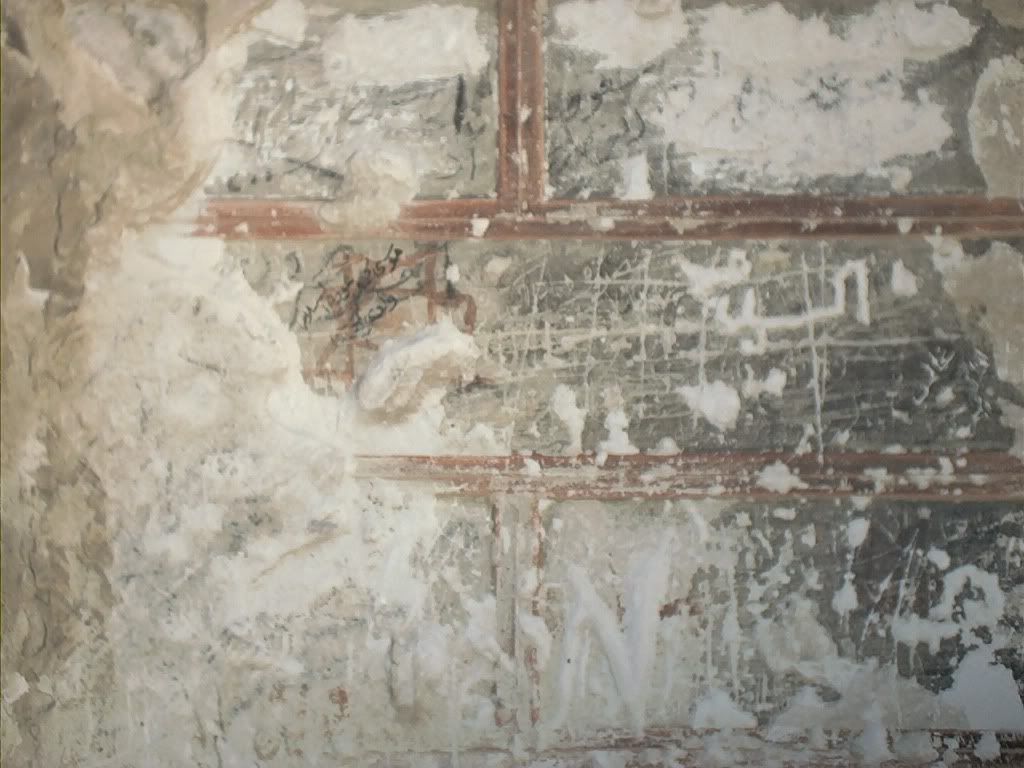Rami Arav argues that the site of Rogem Hiri in the Golan was a special type of Chalcolithic Age sanctuary, built specifically for the purpose of ritual excarnation—that is, exposing the bodies of the dead to vultures in order to divest them of their flesh. Photo by Duby Tal/Albatross.
This is an excerpt from an article in the "Biblical Archaeological Review." I have studied this process as it was used in Persia in biblical times but did not know that it was practiced in the Holy Land.
.
"In “Excarnation: Food for Vultures,” author Rami Arav argues that Rogem Hiri was a special type of sanctuary, built specifically for the purpose of ritual excarnation—that is, purposefully exposing the bodies of the dead to vultures and other birds of prey in order to divest them of their flesh. As Arav explains, excarnation was widely practiced in cultures and civilizations that for one reason or another were interested in saving the bones of the deceased and not their flesh.
Archaeology shows that the Chalcolithic peoples of the southern Levant were very interested in preserving the bones of the dead. Peoples of the Chalcolithic Age throughout Syria and Palestine interred the bones of their deceased in fancifully decorated clay boxes, or ossuaries, which were often decorated with stylized facial features, including eyes, noses and mouths. Chalcolithic Age ossuaries also often have a boxy or “house-like” appearance, with a large opening in the front through which the bones of the dead were inserted."
What an interesting tradition. We have lots of vultures around here. I wonder?












